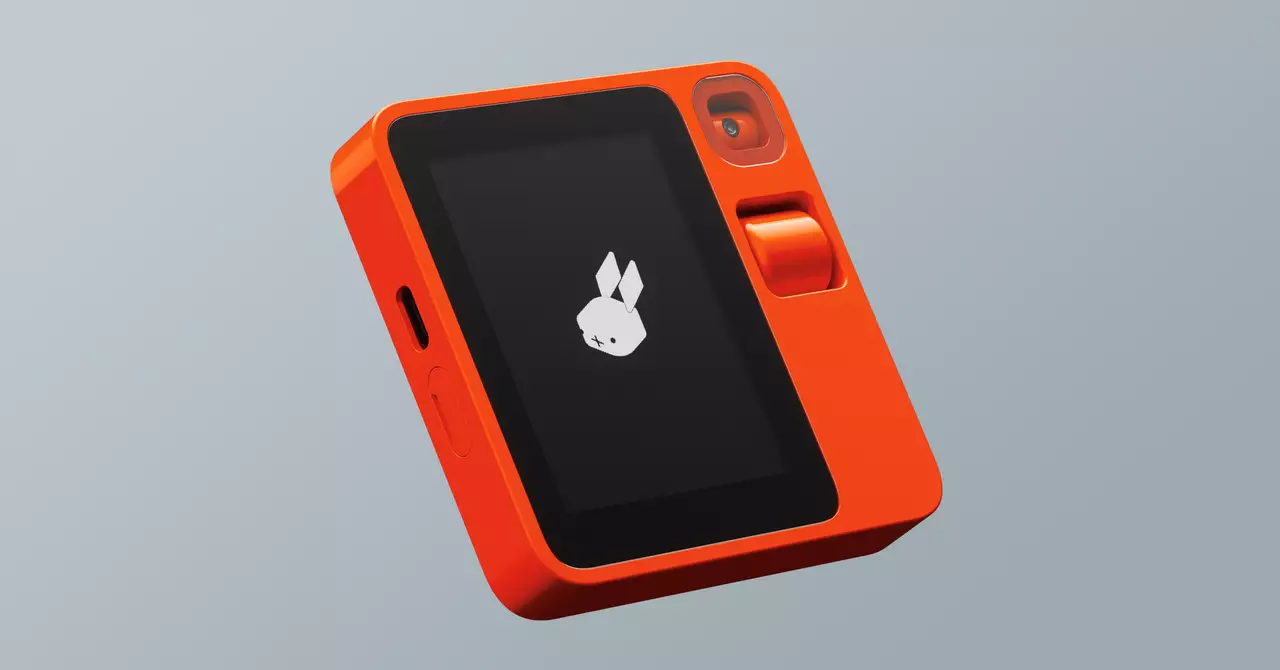Rabbit’s R1 robot is aiming to change the way we interact with technology. With features like Teach Mode, users can instruct the robot on how to complete tasks, saving time and hassle in the process. However, this feature is still in development and will be tested by a select group of users before being widely available. The ultimate goal of the R1 is to replace traditional apps, allowing users to simply ask the robot to handle tasks instead of searching for specific icons on a screen.
At present, the R1 offers access to four main services: Uber, DoorDash, Midjourney, and Spotify. Users can connect to these services via the Rabbit Hole web portal, where they can input their credentials and then ask the R1 to perform various tasks like calling an Uber, ordering food, generating images, or playing music. The robot leverages these services’ APIs to execute these tasks, and it has been pre-trained to interact with them. Despite the limited number of services available now, Rabbit has plans to expand its offerings in the future.
Future Developments
In the upcoming months, Rabbit promises to introduce new features such as an alarm clock, calendar, contacts, GPS, memory recall, and travel planning tools. Furthermore, the company is working on integrating popular music services like Amazon Music and Apple Music into the R1. Additionally, Rabbit aims to incorporate more third-party services such as Airbnb, Lyft, and OpenTable in the future. This expansion is intended to enhance the R1’s capabilities and make it a more versatile assistant for users.
While some may argue that a smartphone can already perform the tasks that the R1 aspires to do, Rabbit’s vision goes beyond simple task automation. The company envisions a future where users can interact with technology using natural language and gestures, eliminating the need for traditional apps altogether. This concept of speaking and computing without the reliance on apps is what sets Rabbit apart from other tech companies.
Wearable Technology Integration
During the launch event, Rabbit teased the idea of a wearable device that can understand users’ commands based on gestures. For instance, the wearable could recognize a user pointing at a Nest thermostat and adjust the temperature without the user needing to explicitly mention the device or function. While details on this wearable are scarce, it highlights Rabbit’s ambition to create intuitive and seamless user experiences through advanced technology.
AI-Native Operating System
Rabbit is also working on developing an AI-native desktop operating system called Rabbit OS. This operating system aims to personalize the user experience by allowing individuals to customize their interface with buttons and features arranged according to their preferences. The idea of an operating system centered around a personal voice assistant echoes themes from science fiction movies like “Her,” where technology adapts to users’ needs and desires.
Rabbit’s vision for the R1 robot extends beyond basic task automation to create a more intuitive and user-centric computing experience. By leveraging advanced technology like wearables and AI-native operating systems, Rabbit is pushing the boundaries of what is possible in the realm of human-computer interaction. While the road ahead may be long and challenging, the potential for innovation and advancement in this field is vast.


Leave a Reply